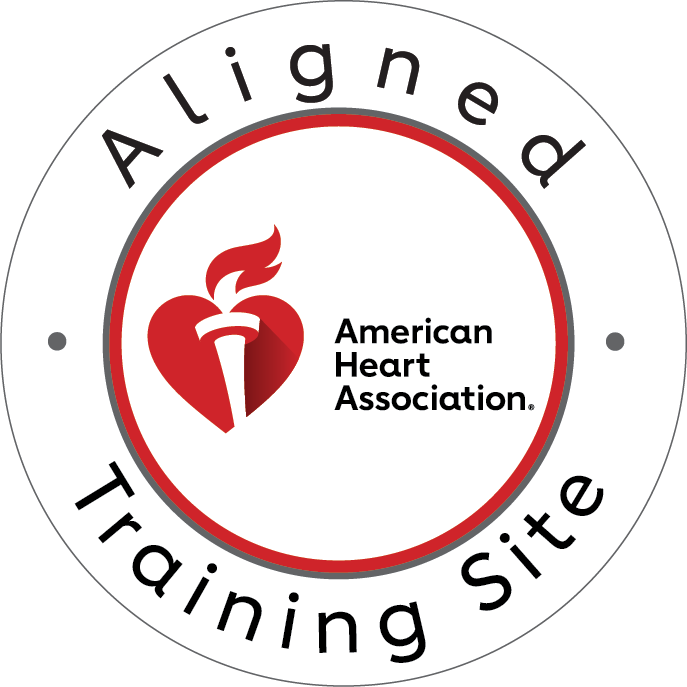Performing effective cardiopulmonary resuscitation (CPR) is a critical skill that can mean the difference between life and death. While the basic principles of CPR are the same for adults and children, there are important differences in how chest compressions should be administered for pediatric patients. Understanding these adaptations is essential for anyone who may need to provide emergency care to infants and young children.
The importance of pediatric CPR cannot be overstated. Cardiac arrest in children, though less common than in adults, can occur for a variety of reasons, including respiratory issues, congenital heart defects, and sudden infant death syndrome (SIDS). When a child’s heart stops beating, rapid intervention with high-quality CPR is crucial to restore blood flow and oxygen to the brain and other vital organs.
The key differences between adult and pediatric CPR lie in the technique for chest compressions. Rescuers must adjust the hand placement, compression depth, and compression rate to accommodate the smaller, more delicate physiology of infants and children. Mastering these adaptations is essential for anyone who may be called upon to perform CPR on a young patient.
Pediatric Cardiac Arrest
Cardiac arrest in children can occur for several reasons, though the underlying causes tend to differ from those seen in adults. Some of the most common triggers for pediatric cardiac arrest include:
Respiratory issues: Children are particularly vulnerable to airway obstructions, such as choking or drowning, which can rapidly lead to cardiac arrest if not addressed quickly. Respiratory illnesses like asthma or pneumonia can also compromise breathing and circulation.
Congenital heart defects: Many children are born with structural abnormalities in the heart or blood vessels, which can predispose them to arrhythmias and cardiac arrest, especially when left untreated.
Sudden infant death syndrome (SIDS): The leading cause of death in infants under one year of age, SIDS is the sudden and unexplained loss of life, often during sleep. While the exact causes are not fully understood, SIDS remains a critical concern for parents and caregivers.
Recognizing the signs of a pediatric cardiac arrest is the first step in providing life-saving intervention. An unconscious, unresponsive child who is not breathing normally is the primary indicator that CPR is needed immediately. Rescuers must act quickly and confidently to begin chest compressions and rescue breaths, as every second counts in these critical situations.
Chest Compressions for Pediatric CPR
The most crucial difference between adult and pediatric CPR lies in the technique for administering chest compressions. Rescuers must adapt the hand placement, compression depth, and compression rate to accommodate the smaller, more delicate physiology of infants and children.
Hand Placement
For infants under one year of age, rescuers should place two fingers in the center of the chest, just below the nipples. This small hand placement allows for better control and avoids excessive force on the infant’s soft, pliable chest.
For children from one year of age up to the onset of puberty, rescuers can use either one or two hands, depending on the size of the child. The hand(s) should be placed in the center of the chest, just below the nipples, similar to the infant technique.
Compression Depth
The depth of chest compressions should also be adjusted for pediatric patients. For infants, rescuers should compress the chest 1/3 to 1/2 the depth of the chest. For children, the compression depth should be 1/3 to 1/2 the depth of the chest.
This shallower compression depth is crucial to avoid damage to the child’s ribs, sternum, and internal organs, which are more fragile and susceptible to injury compared to an adult.
Compression Rate
The compression rate for pediatric CPR should match the adult standard of 100 to 120 compressions per minute. This rate is the most effective for restoring blood flow and oxygenation.
Maintaining a consistent, rapid rhythm is essential, as pediatric cardiac arrest can progress more quickly than in adults. Rescuers must be prepared to continue high-quality chest compressions until the child regains a pulse or advanced medical care arrives.
Ventilations in Pediatric CPR
In addition to the adaptations for chest compressions, rescuers must also consider the proper technique for administering rescue breaths in pediatric CPR. For infants, rescuers should use a mouth-to-mouth/nose technique, sealing their lips over the infant’s mouth and nose. For children, a standard mouth-to-mouth rescue breath is appropriate.
The inclusion of rescue breaths, in addition to chest compressions, is crucial for pediatric CPR, as respiratory issues precipitate many cardiac arrests in children. Providing oxygen-rich ventilation can help restore normal breathing and heart function.
Considerations for Rescuers
While the technical aspects of pediatric CPR are crucial, there are also important psychological and practical considerations for rescuers to keep in mind.
Performing CPR on a child can be an immensely stressful and emotionally challenging experience, even for seasoned medical professionals. Rescuers may feel a heightened sense of urgency, as well as heightened feelings of anxiety and fear for the well-being of the young patient. Rescuers need to acknowledge these emotions and do their best to remain calm and focused.
Proper training and certification in pediatric CPR are essential. Rescuers should regularly review and practice the techniques to ensure they are prepared to act quickly and confidently when an emergency arises. Familiarity with the proper hand placement, compression depth, and ventilation methods can make all the difference in a high-stress situation.
It’s also crucial for rescuers to understand the importance of their actions. Providing high-quality CPR, even for a brief period, can dramatically improve a child’s chances of survival and neurological recovery. Rescuers should resist the urge to give up, as pediatric patients have shown remarkable resilience in recovering from cardiac arrest, even after extended periods of resuscitation.
Conclusion
Performing CPR on a child is a daunting prospect, but it is a skill that can mean the difference between life and death. By understanding the unique adaptations required for pediatric chest compressions and ventilations, rescuers can be better prepared to provide the life-saving intervention that young patients so desperately need.
Through ongoing training, regular practice, and a commitment to remaining calm and focused, rescuers can develop the confidence and competence to act quickly and effectively in the event of a pediatric cardiac emergency. By mastering these critical skills, we can help ensure that more children have the chance to grow into healthy, thriving adults.
Pediatric CPR is a crucial skill that can mean the difference between life and death for young patients. By understanding the unique adaptations required for chest compressions and ventilations, rescuers can be better prepared to provide the life-saving intervention that children so desperately need. Through ongoing training, regular practice, and a commitment to remaining calm and focused, rescuers can develop the confidence and competence to act quickly and effectively in the event of a pediatric cardiac emergency.
If you live in the Nashville area and want to ensure you’re prepared to respond to a pediatric emergency, consider enrolling in a CPR certification course at CPR Nashville. As an American Heart Association training site, they offer BLS for Healthcare Providers, ACLS, PALS, and CPR and First Aid classes that are both stress-free and hands-on. With the best CPR training in Nashville, you’ll be equipped with the skills and knowledge to make a difference when it matters most.




